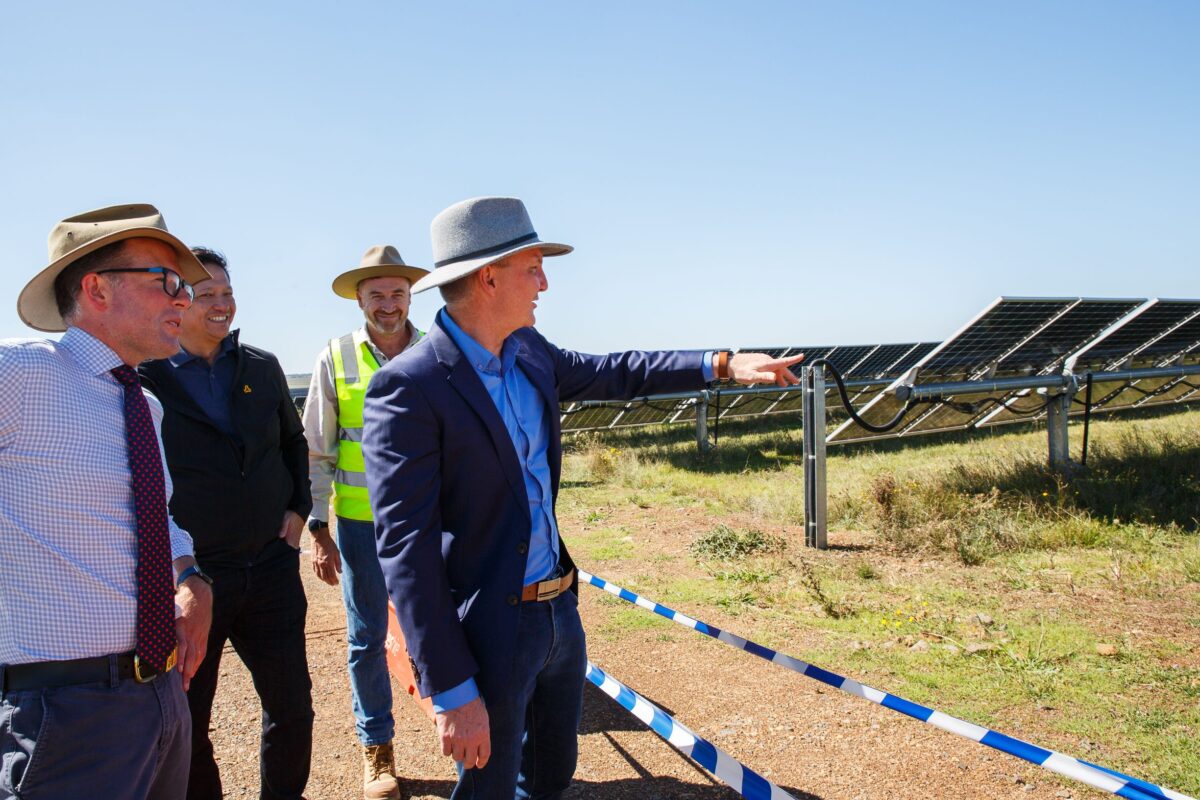New modelling from researchers at the University of New South Wales (UNSW) has found that Australia’s solar resources will likely be changed by the future’s warmer climate, benefitting some regions and disadvantaging others.
The study, published in the journal Solar Energy, looked at Australia’s solar irradiance and variability under a high emissions scenario – the climate trajectory Australia is currently tracking.
“Our study reveals Eastern Australia will experience an increase in solar resource availability and episode length in the future, indicating the probability of more stable and reliable future energy output,” Shukla Poddar, lead author of the study and a Postdoctoral Research Fellow at the UNSW School of Photovoltaics and Renewable Energy Engineering, said. “This region is predicted to experience a reduction in the lulls and frequency of intermittent and overcast days in the future, highlighting reduced future intermittency.”
“On the contrary, some regions in Western Australia may experience increased intermittency issues, a key challenge for Australia’s future energy systems, and they will likely need to rely more heavily on energy storage solutions to ensure grid stability in the future,” Poddar said.
“As the climate warms, managing these weather-induced power fluctuations will be a growing challenge, so we need modelling to help better predict and prepare for these changing dynamics,” she added.
In the study, researchers also assessed the future solar resource expected in two major Australian solar projects: SunCable and New England Solar Farm.
SunCable, in the Northern Territory, is seeking to build the world’s largest solar farm, among other ventures. The 720 MW New England Solar Farm in New South Wales is Australia’s second-largest solar project, and recently entered its first 400 MW stage one facility into operations.
The team found the New England project will likely enjoy favourable conditions in the future, with more clear-sky days and an expected net increase in the long-term power generation capacity.
On the other hand, SunCable did not fair as well in the modelling, which found the project may experience an increase in intermittency issues in the future, suggesting the need for more energy storage systems and solar resource forecasting.
“Understanding the reliability of future solar generation can inform the design of these large-scale solar PV sites – where they should expand development and where they might need to invest more in storage technologies,” UNSW Associate Professor Merlinde Kay, co-author of the study and lecturer in the School of Photovoltaic and Renewable Energy Engineering, said.
“The next step would be to conduct a synergy study of how wind energy can complement solar in a future warmer climate, as we know hybrid systems can be advantageous for generating consistent energy supply,” the Associate Professor added.
“We also need to look at how disruptive extreme events, such as bushfires, will impact renewable energy generation and grid operation moving into the future, given they’re likely to increase in frequency and intensity.”
This content is protected by copyright and may not be reused. If you want to cooperate with us and would like to reuse some of our content, please contact: editors@pv-magazine.com.









By submitting this form you agree to pv magazine using your data for the purposes of publishing your comment.
Your personal data will only be disclosed or otherwise transmitted to third parties for the purposes of spam filtering or if this is necessary for technical maintenance of the website. Any other transfer to third parties will not take place unless this is justified on the basis of applicable data protection regulations or if pv magazine is legally obliged to do so.
You may revoke this consent at any time with effect for the future, in which case your personal data will be deleted immediately. Otherwise, your data will be deleted if pv magazine has processed your request or the purpose of data storage is fulfilled.
Further information on data privacy can be found in our Data Protection Policy.